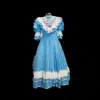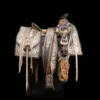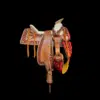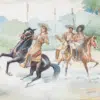CHINA POBLANA DRESS
The China Poblana dress displays a masterful embroidery with pre-Hispanic motifs in green, white and red fabrics, in harmony with the colors of the Mexican flag. On the front, the iconic Aztec Calendar stands out, while on the sides there is a stylized representation of an indigenous person, inspired by the representations of codices and archaeological sites. In the lower section, an elaborate fretwork embroidery is displayed, symbolizing the pyramids and temples of ancient civilizations.
The history and background of the China Poblana costume dates back to the 17th and 18th centuries in Mexico. Its origin is linked to a rich cultural fusion between China, India, and colonial New Spain.
The China Poblana costume is a fusion of elements of traditional Indian dress, such as the choli (short blouse), sari (wrap-around cloth) and odhani (scarf), with local Mexican influences, such as petticoats and wide skirts. The combination of rich fabrics, elaborate embroidery and vibrant colors resulted in a unique garment that reflected the diversity and creativity of the time.
Over time, the China Poblana costume became a symbol of Mexican identity and an icon of popular culture. It was adopted in festivities, traditional dances and patriotic celebrations. Over the centuries, it has evolved and adapted, but has always maintained its distinctive essence.
Today, the China Poblana costume remains a tangible representation of Mexico's rich cultural heritage and a tribute to the mix of influences that have shaped the country's identity. Its legacy endures as a reminder of the diversity and creativity that enrich Mexico's history.

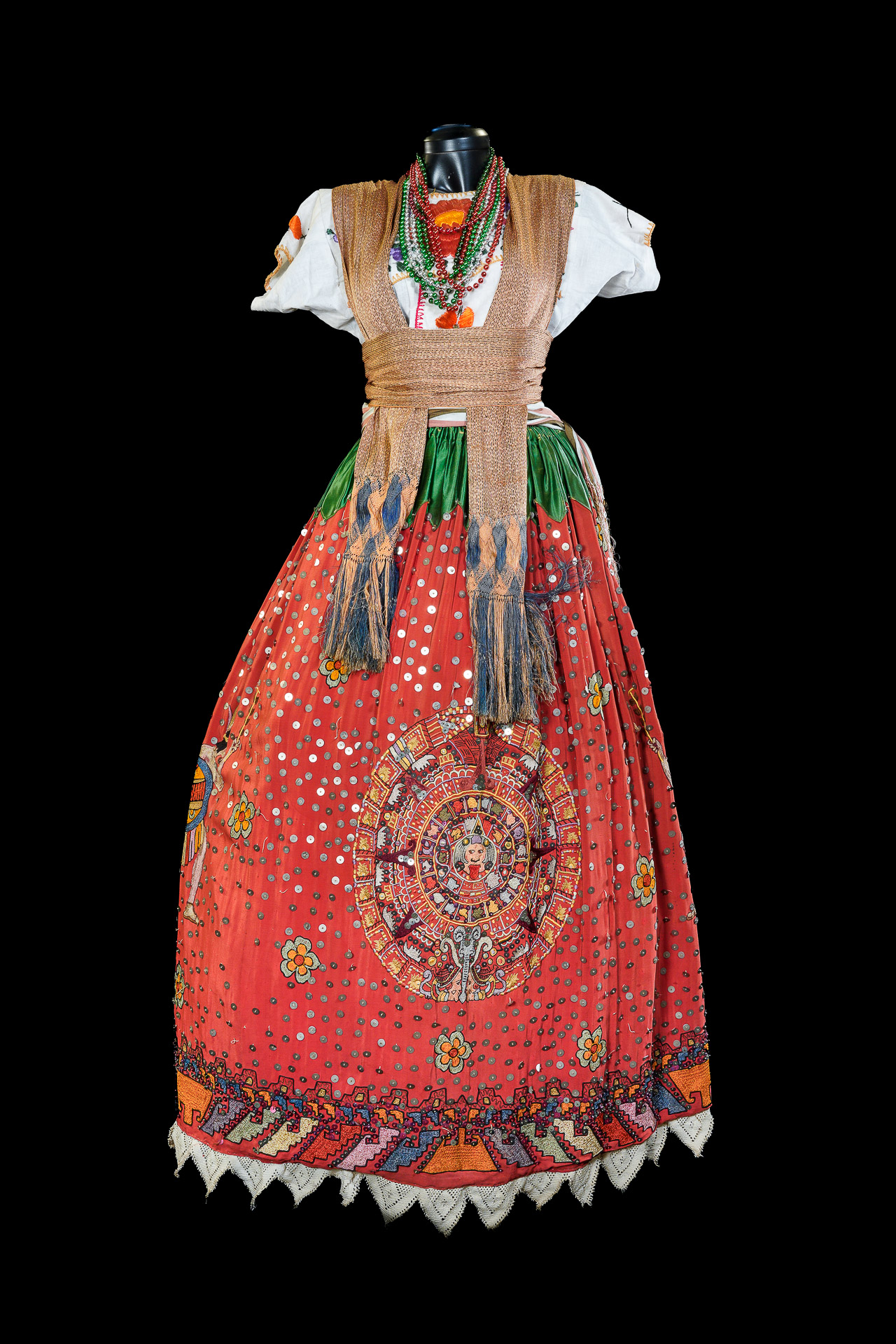
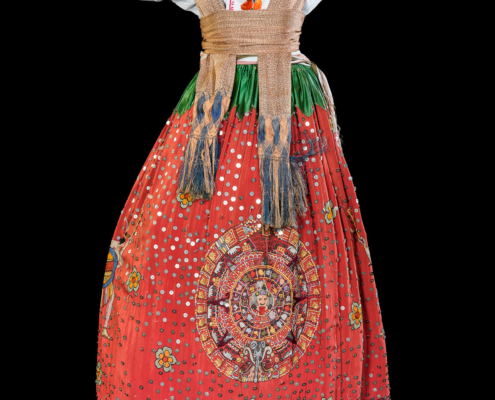
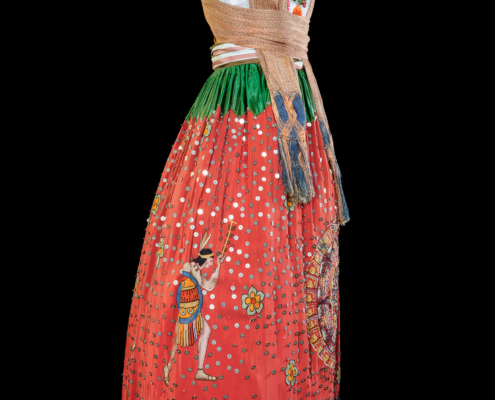
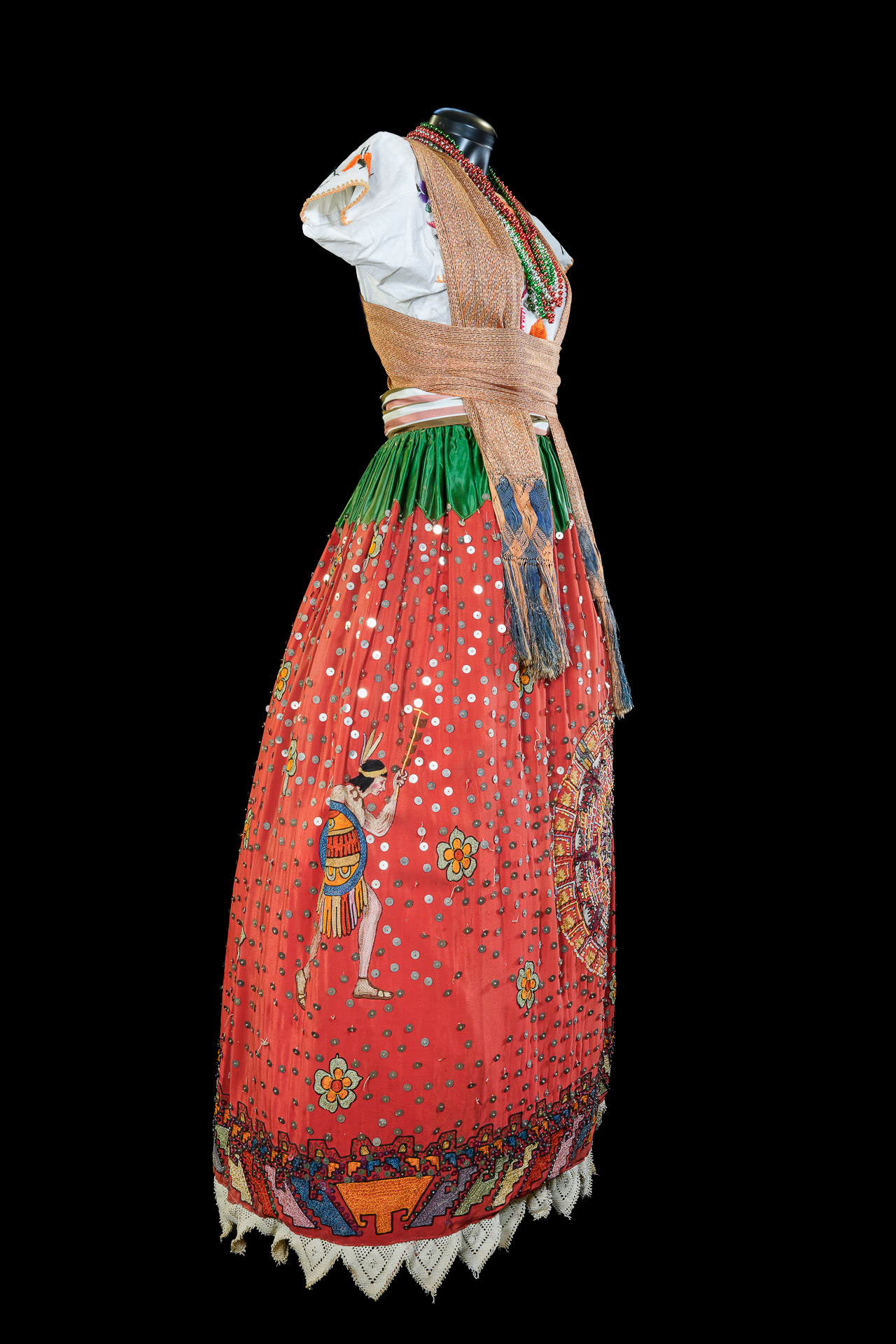
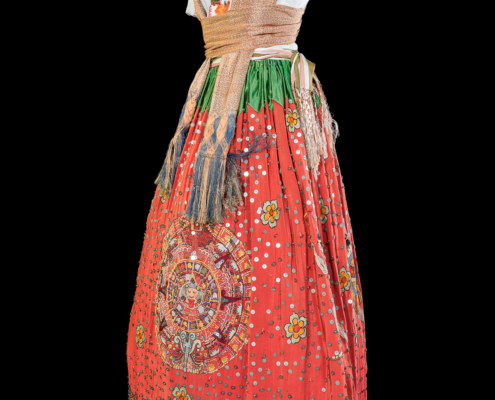
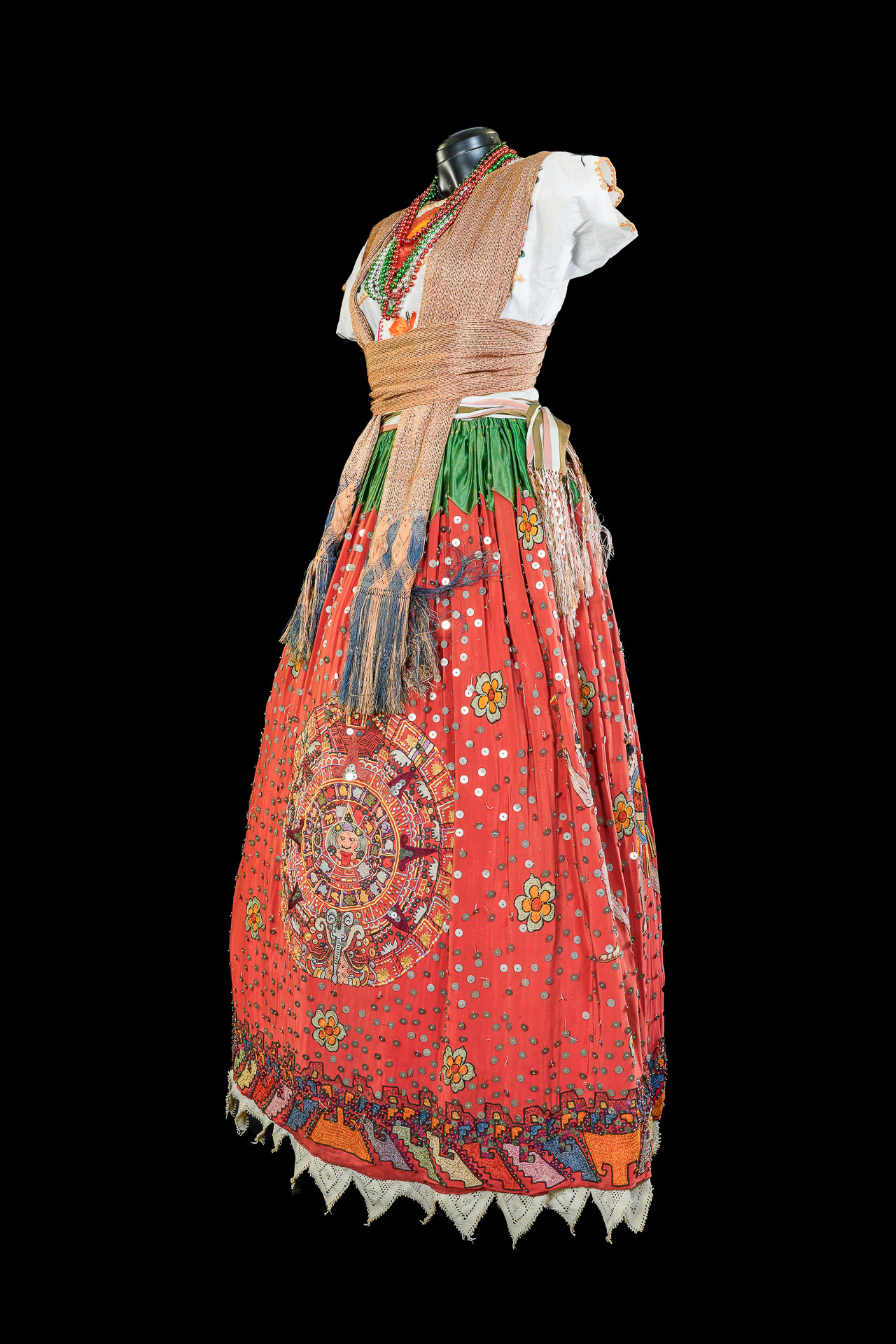
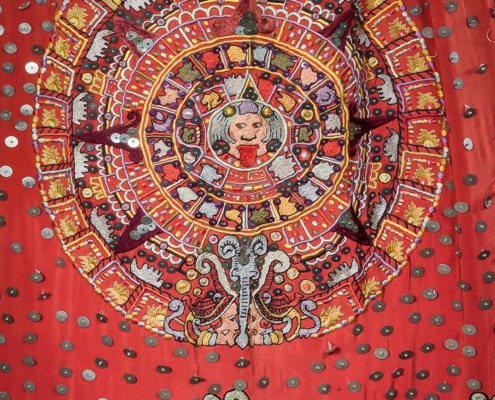
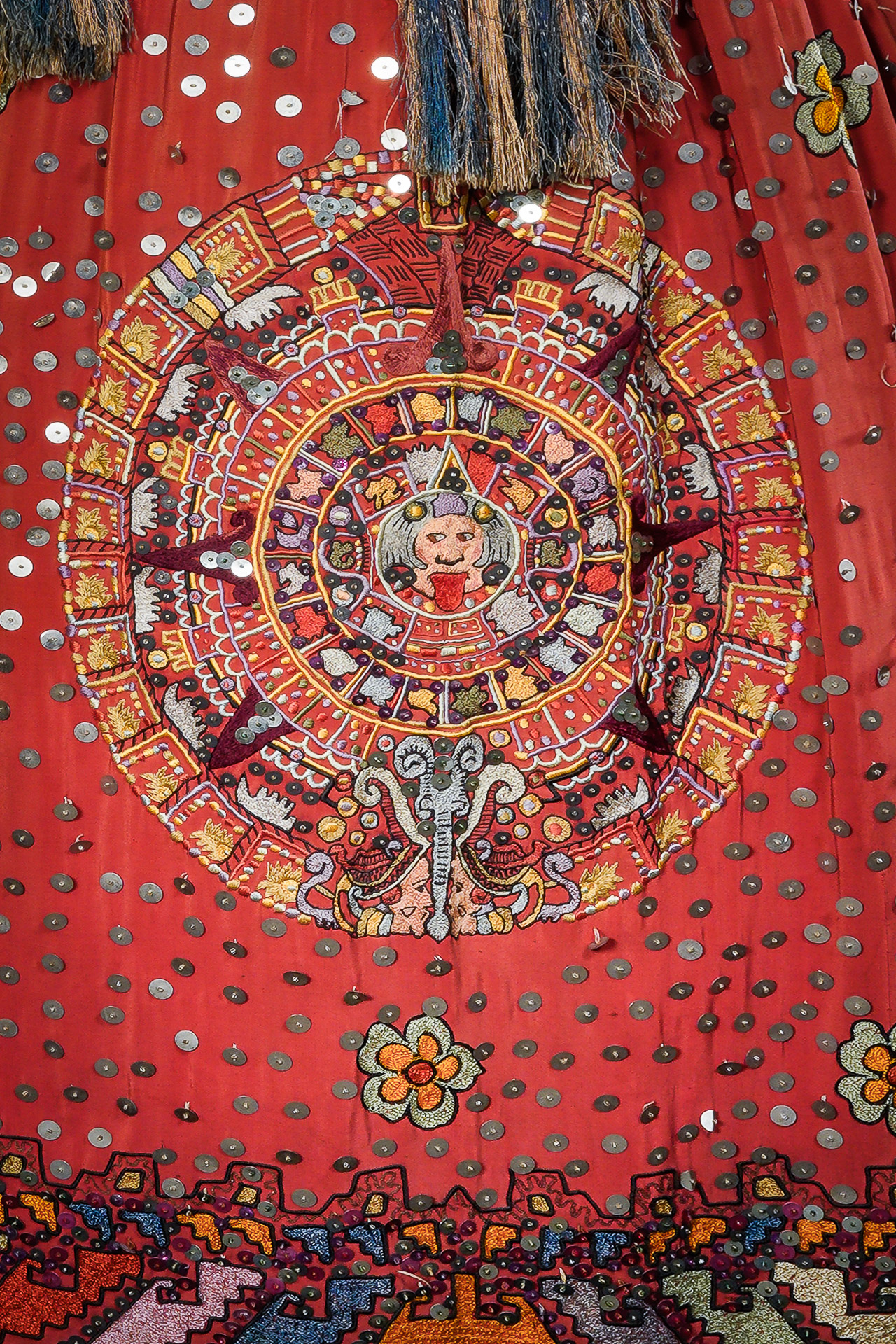










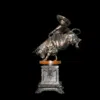


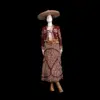
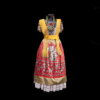

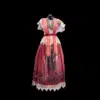 Antonio Gegundez
Antonio Gegundez